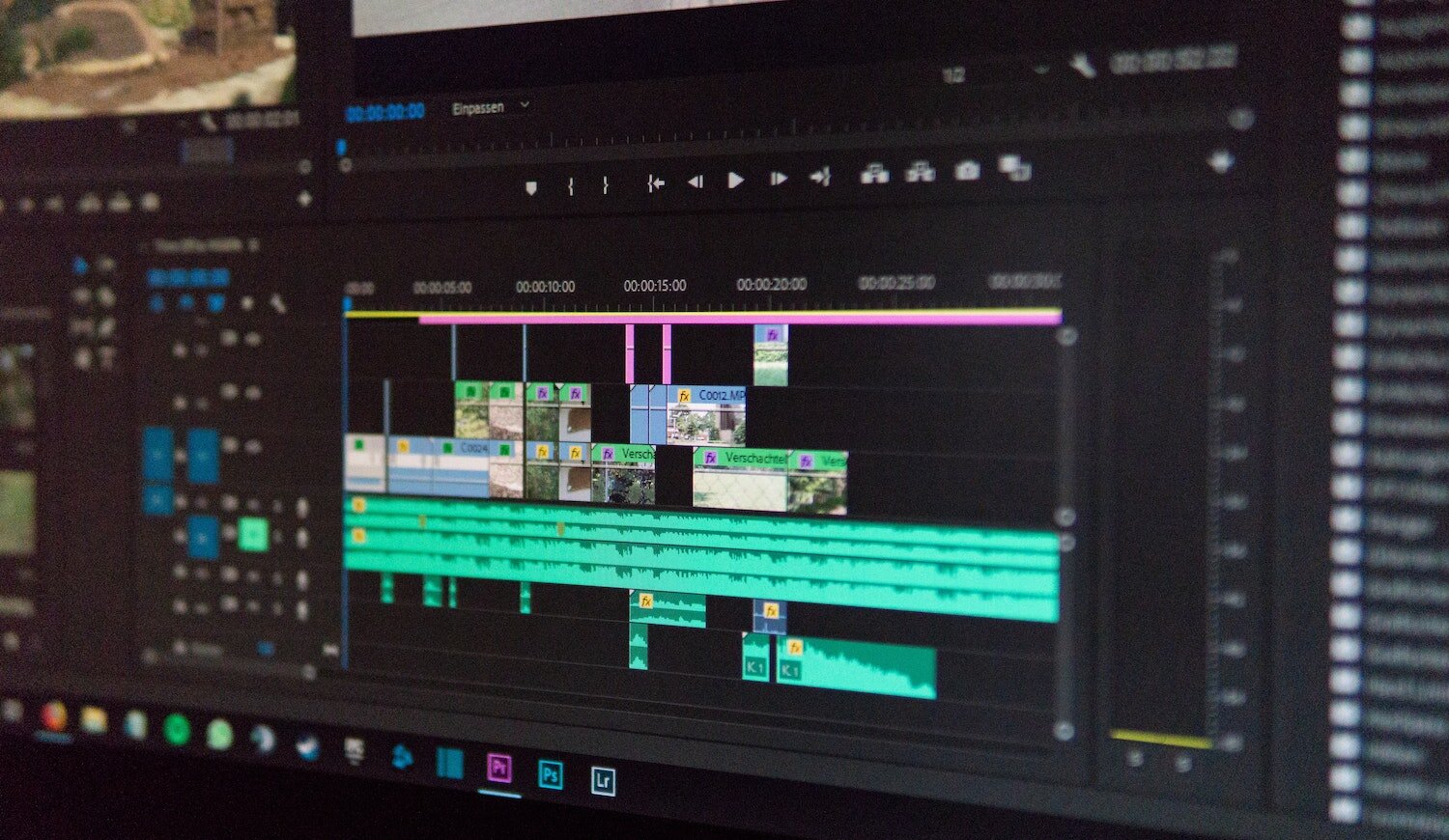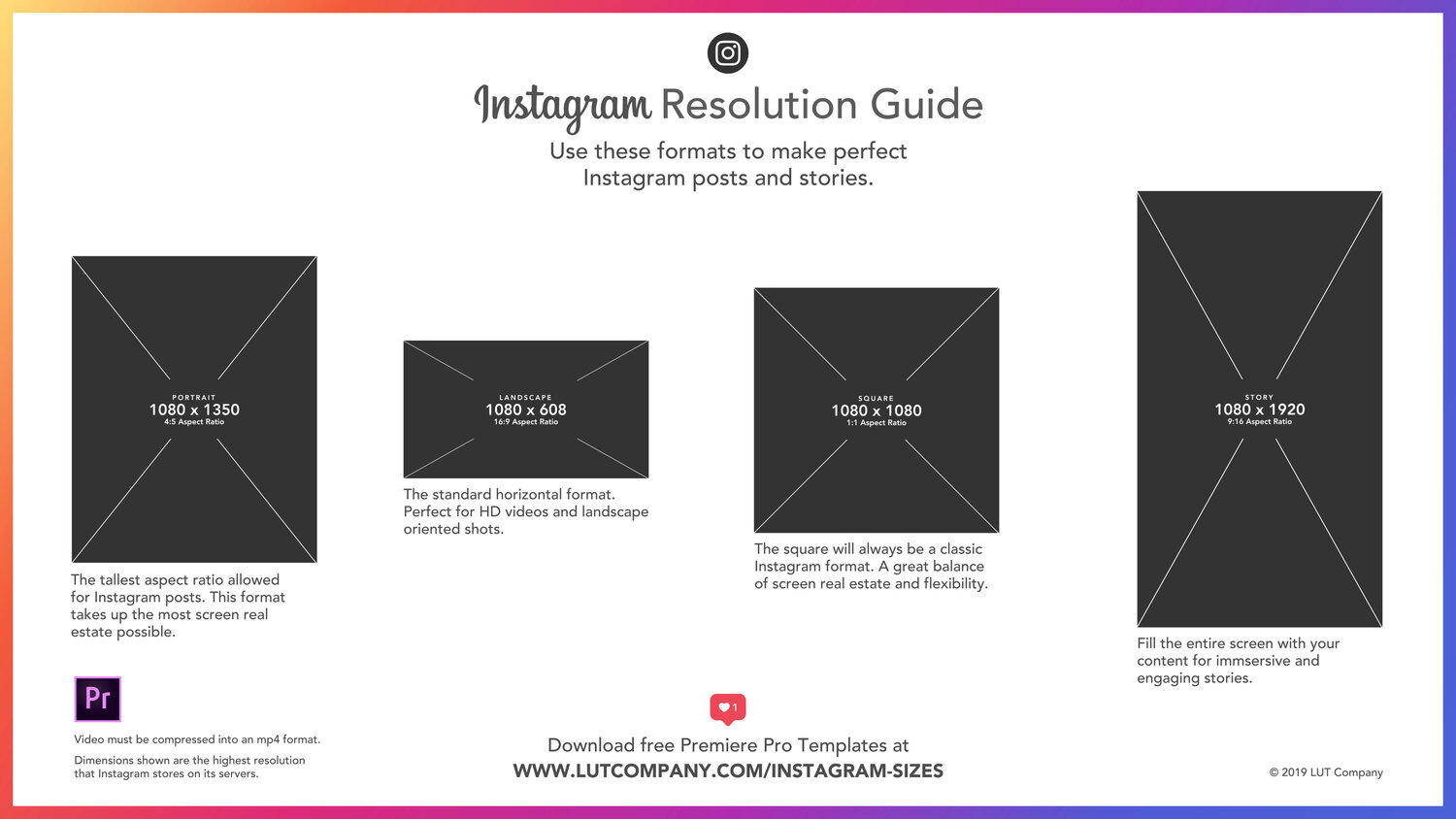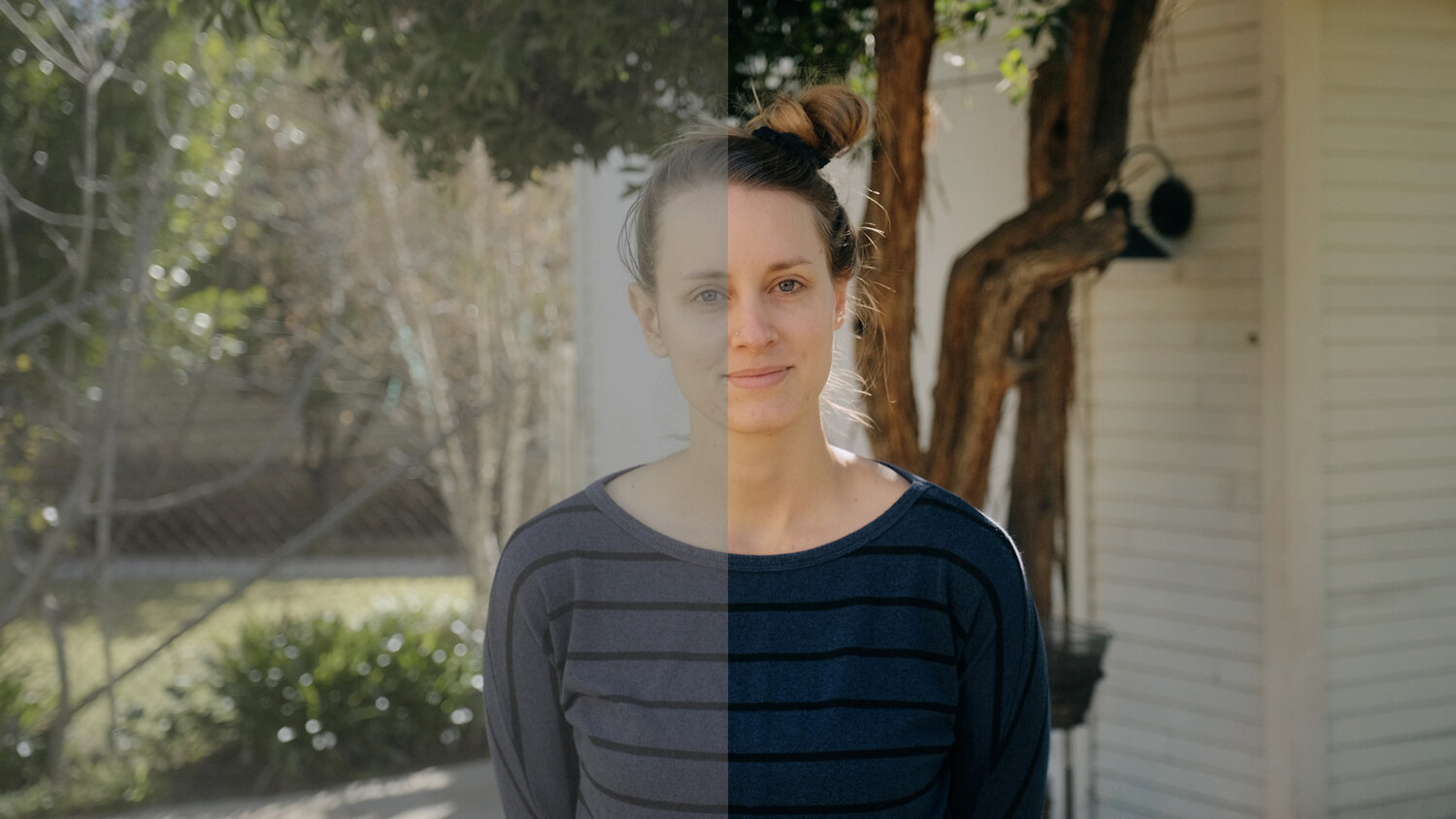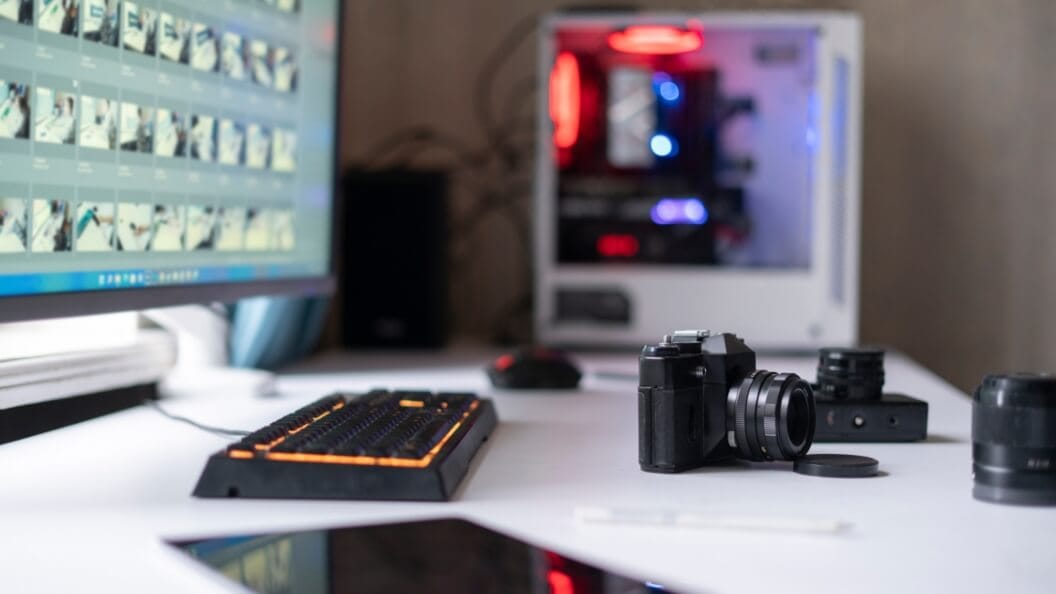Cinematic LUTs and How to Use Them
Cinematic LUTs can make your project feel more professional and polished
Cinematic LUTs and How to Use Them – When you sit down to edit a project, you want it to look like it belongs on the big screen. And the way to do that is to ensure the LUTs you’re using are cinematic. They can’t be boring or amateur. They need to extend into the world and establish the look and feel. They should have a point of view.
Today, we’ll review the LUT definition, look at some examples, and see some free LUTs that can help take your post-production color to the next level. Let’s get started.
What is a Cinematic LUT? (w/ Free Options)
Your LUTs should unify your projects around beautiful color palettes while preserving technical quality. But what is a LUT? And more importantly, how can you make them cinematic?
A LUT is an acronym for “look-up table.” It is a tool that allows filmmakers, editors, and colorists to save individual color grades as a template to use on later projects. LUTs function as presets you can turn to when working on a project. They can help you keep a consistent tone and color palette throughout the project.
So the big question is, “What are cinematic LUTs?”
Cinematic LUT Definition
Cinematic LUTs are color profiles designed to give your footage color tone and contrast similar to what you’d see in high-end movies, shows, and commercials.
The following image shows a selection of our cinematic LUTs. Each vertical line represents the color tone in a shot of a film. So you can see that while each shot is slightly different, the LUT brings them all together into a cohesive group that work together.
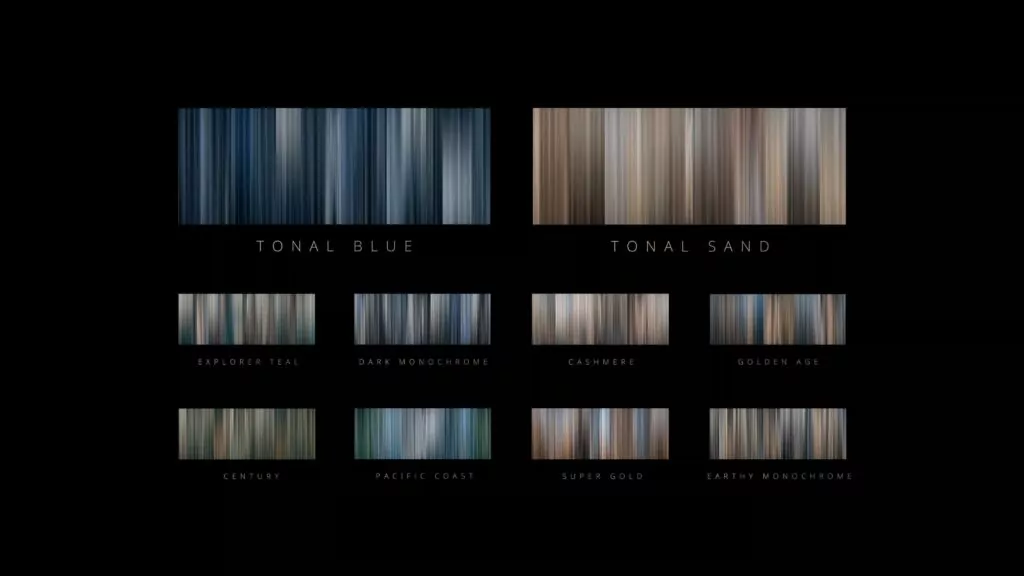
There are Three Different Kinds of Cinematic LUTs
The three types of LUTS are 1D, 3D, and CDL. Let’s go over the below.
1D Cinematic LUT
A 1D LUT is controlled by one value set in a gamma curve preset. The downside with these is that they do not provide the editor or colorists much control over the final product. 1D LUTs use the .lut extension.
3D Cinematic LUT
A 3D LUT is very expansive. They analyze hue, saturation, and brightness at an individual axis, so editors and colorists can control specific color values in the image. These are commonly saved as .cube file extensions. All LUTs on lensdistortions.com are 3D LUTs delivered as .cube files. These are compatible with all mainstream video editors.
CDL LUTs
The final type of LUT is a CDL, which stands for Color Decision List. These are more superficial when laid on footage and usually less stylized.
Who Uses Cinematic LUTs?
As stated in the definition of LUTs, these are used by filmmakers, editors, and colorists trying to keep a consistent look and feel throughout a project.
Whether it’s a movie they want to look the same, a TV show that has to have episodes that mesh together or even a commercial or short film, LUTs can be made for any of them. Cinematic colorization can help your final project feel much more professional.
A company like Lens Distortions has a full set of premade cinematic LUTs to help editors save time. They don’t have to make their own, apply the LUT of their choice to the project, and use the time they saved on the overall edit.
How to Create Cinematic LUTs
LUTs are used through standard NLEs like Premiere, Final Cut, and Avid. They can also be used with coloring software like DaVinci Resolve or Speedgrade. If you are doing a still image or a sequence, you can also use them in motion graphics software like After Effects.
If you want to create your own cinematic LUTS, you need to have some post-production software. If you’re making cinematic LUTs in Premiere, select “File | Export” in the File menu. Then you can name your LUT file. I like to pick the project or even label it with the scene or intention. Like “scary chase” or “sunny beach day.” Then you will select the LUT format you want to use. This is important as not all photo editing software supports every LUT format.
Once saved, you can apply that to any scene or any image. Yes, you can use cinematic LUTs on individual photos as well.
Cinematic LUT Examples
If you’ve watched a movie, then you’ve seen some LUTs. You just didn’t know it because the editor used them in the color process. Some examples would be looking at a movie like Traffic, which used different colors of scenes to differentiate where the action on screen took place.
Another way to examine LUTs on screen is to think about your favorite auteurs like David Fincher and Ridley Scott. Their films usually have a distinct look and feel to them. You can see that they frequently use the same or similar LUTs across the pantheon of their work to showcase their storytelling.
We pulled some specific LUTs from Lens Distortions below to show some of the various color schemes you can use to make your project feel more cinematic.

Dark Monochrome
Sleek and strong with desaturated blues

FREE
Earthy Monochrome
Moody contrast in a palette of earth tones

Platinum Coast
A soft palette of deep blues and earthy reds

Evoke B&W
A modern black & white with rich contrast

Canyon Red
Earthy rust with deep shadows
Free Cinematic LUTs
When it comes to finding free cinematic LUTs, you want to search and clarify the quality before you add them to your projects. Most LUTs are cheaply made by influencers who don’t understand the technical side of color.
At Lens Distortions, we put more effort into a single LUT than most companies put into their entire lineup and we offer one of our most popular LUTs, Earthy Monochrome, completely free for you to use. Download a Free cinematic LUT here.
You can also start a monthly membership to try all our LUTs for a small fee or even try some free in our mobile app, allowing you to experiment with which ones work best for your project without a long commitment while still getting the highest quality possible.
Summing Up Cinematic LUTs for Every Filmmaker (w/ Free Options)
Hopefully, you now have a solid understanding of LUTs and how they can be used to make your project look and feel cinematic. Know that consistency is key when it comes to projects.
Every Finishing LUT we offer has its unique subtleties and can be used in different ways. Experiment to find your signature look.
Whether you use them as a starting point or the final touch, on their own or in conjunction with other color grading tools, our cinematic LUTs will help you dial in your cinematic aesthetic.
Start your Lens Distortions membership to explore the full lineup and find a look that’s right for you and your projects.


